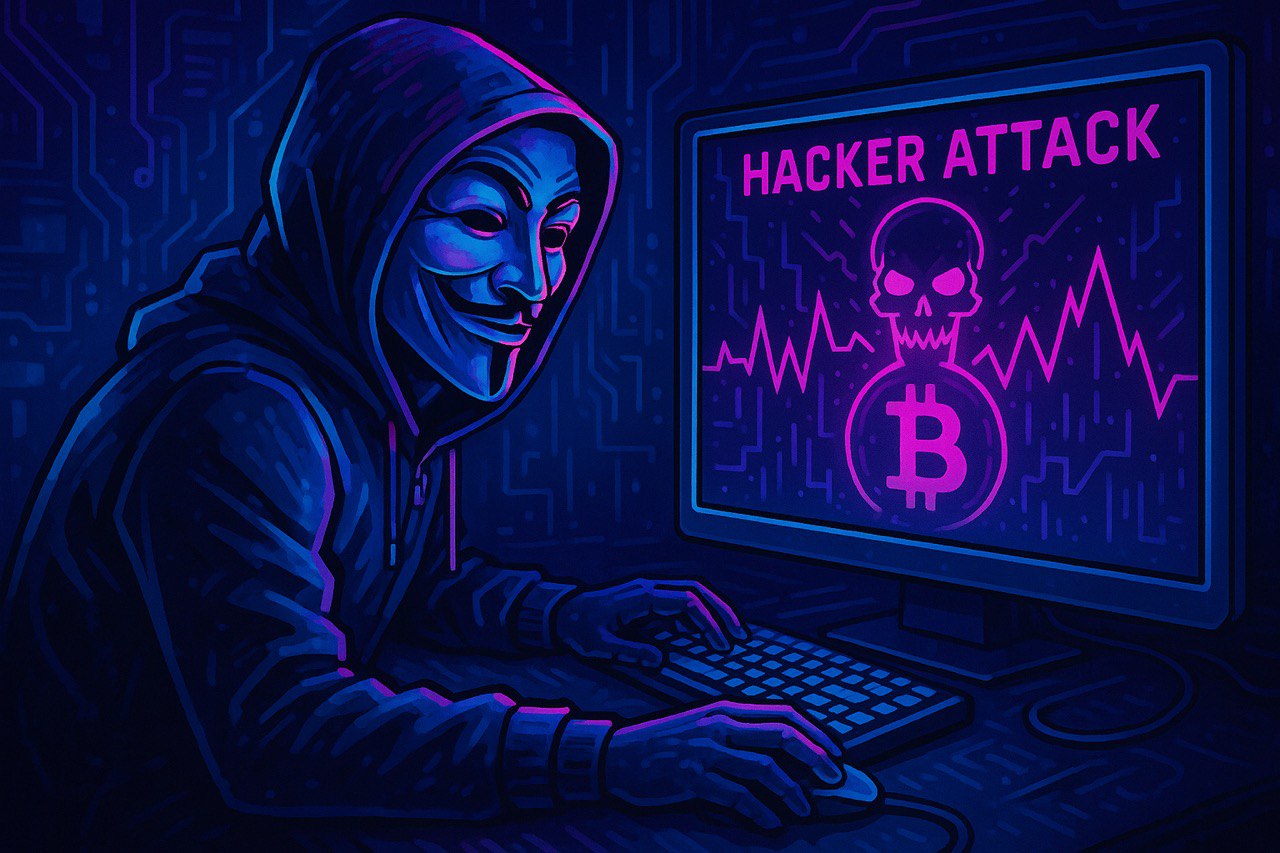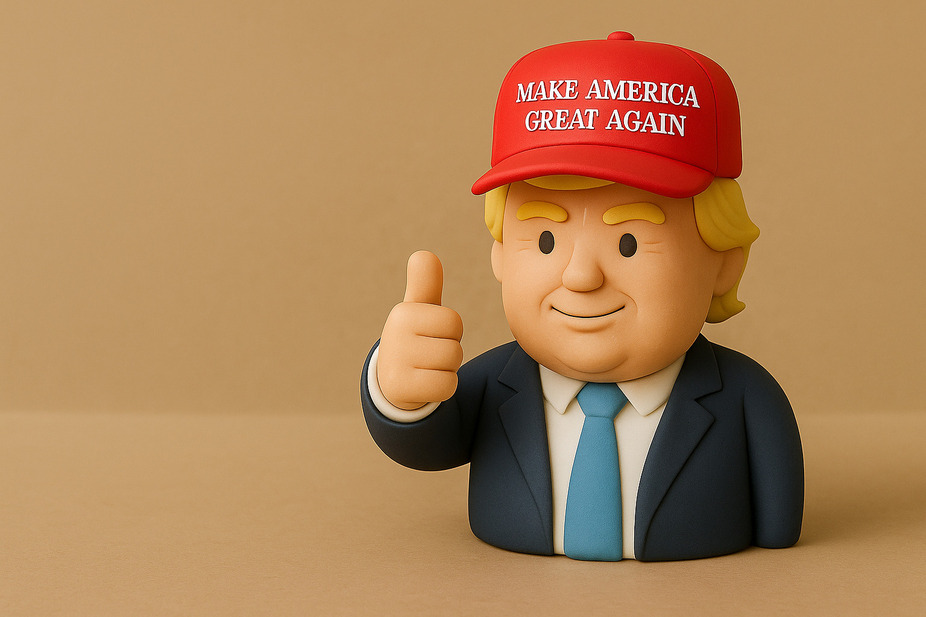The Tehran crypto mirage: desperate times, desperate measures and inevitable consequences

Let’s be honest: when a country’s economy buckles under the weight of international sanctions, suffocating inflation and a growing tax burden, ordinary citizens start to seek refuge wherever they can. And in modern Iran, that “wherever” increasingly means cryptocurrencies. This is a classic economic tale of people trying to preserve what’s left of their savings and find some way to conduct transactions when the traditional financial system is either paralyzed or under the constant watch of the state and external forces. The White House, for its part, continues to tighten the screws and each new round of U.S. sanctions policy only pushes Iranians further into the embrace of digital assets.
Against this backdrop, reports of asset freezes and account blockades for Iranian users on international cryptocurrency exchanges, due to their connections with local Iranian platforms like Nobitex, appear to be a logical development. U.S. primary and secondary sanctions are not just words on paper. International centralized exchanges, striving to avoid the wrath of the U.S. Treasury Department, are forced to implement draconian “Know Your Customer” (KYC) and Anti-Money Laundering (AML) procedures. For the average Iranian, this means that legal access to global crypto platforms is practically closed off.
This void did not last. Since mid-2017, when the Trump administration adopted a policy of maximum pressure, Iranian entrepreneurs sensing an opportunity, began actively creating their own centralized exchanges. They filled the niche left by international giants and it must be said succeeded at least in attracting users. Experts say that around 90 cryptocurrency exchanges are operating in Iran, with more than 12 of these being well-established, centralised platforms with websites and mobile apps. The figures are impressive: according to some estimates, between 15 and 19 million Iranians are involved in the “crypto scene” in one way or another. This is a colossal market born out of desperation and isolation.
Nobitex: A Giant with Feet of Clay?
The undisputed leader in this market is Nobitex. Its claimed 6 million active users make it the largest centralized cryptocurrency exchange in Iran. Founded in 2017, this platform became a window into the world of Bitcoin and other digital assets for many Iranians. According to a report from late 2022, the company employed 314 people, and the number of users reached almost 5.8 million. Over 68 million cryptocurrency transactions were made in a year. Impressive figures, aren’t they?
However, serious problems lurk behind this success. In May 2024, two U.S. senators not only expressed concern but also sent an official letter to the Secretary of Defense, the Secretary of the Treasury and the National Security Advisor. The reason? Nobitex’s alleged involvement in schemes that could facilitate money laundering and terrorist financing for the benefit of the Iranian government. These are no longer just risks to the market, but accusations that could have very bad results.
Investigations conducted using Iranian sources, insider information and open-source intelligence (OSINT) paint an even more alarming picture. It is suggested that Nobitex has close ties with the Iranian government and with the Islamic Revolutionary Guard Corps (IRGC). If these suspicions are true, the exchange might not just be a commercial enterprise but an instrument in the hands of the state to circumvent international sanctions. This could perhaps explain the extensive support Nobitex receives from certain state sectors.
Delving deeper into the ownership structure, the picture becomes even less appealing. OSINT investigations and verification of the company’s registration data in Iran indicate that the key shareholders of the exchange are individuals to put it mildly, not strangers to the Iranian elite. Among them is Seyyed Mohammad Baqer Kharazi, a relative of Iran’s Supreme Leader and a business partner of Mohsen Rezaei Mirqaed, founder of the IRGC and the first commander of its intelligence unit. Through frontmen, such as Kharazi’s son, Seyyed Mohammad Aqamir (who changed his name to cover his tracks), and Mohammad Baqer Nahvi, they control a significant stake in this enterprise. Mr. Nahvi, by the way, is known as an economic figure actively involved in schemes to bypass sanctions through the air transport sector. This is no longer just “connections”; it looks like a classic example of the fusion of business and power, especially when it comes to structures under the close scrutiny of the global community.
The Nobitex Hack: When Risks Materialize
Against the backdrop of all these concerns and accusations, something that often happens to centralized structures operating in a grey area occurs – a hack. Very recently, the Iranian crypto exchange Nobitex was hacked with damages amounting to a staggering $81,000,000. This news struck the Iranian crypto community, already worried by rumors of possible asset freezes. Such incidents are a reminder that centralized exchanges, especially in jurisdictions with opaque regulation and potential ties to sanctioned entities, are a prime target for cybercriminals. For users, this means not just a theoretical risk, but a very real possibility of losing all their investments. Who will compensate for these losses? The state, closely linked to the exchange? Unlikely. The exchange itself, whose reputation is already tarnished? That’s an open question.
This hack exacerbates an already tense situation. Numerous reports in Persian segments of Twitter and Telegram indicate that Nobitex users had previously faced restrictions on their accounts and wallets after attempting to transfer funds from this exchange to other wallets or international platforms. And after information about Nobitex wallets was published on the Arkham analytics platform, anxiety among Iranian crypto activists only intensified. After all these wallets could now come under even closer scrutiny from regulators.
Organizations like the Tether Foundation, the issuer of the most popular stablecoin USDT, have the technical capability and legal obligation (as part of cooperation with OFAC – the U.S. Treasury’s Office of Foreign Assets Control) to freeze assets in wallets suspected of illicit activities or connections with sanctioned individuals and organizations. For Iranian users this means that their funds, even if not held on Nobitex itself but in other wallets to which they were transferred from this exchange can be blocked at any moment. This adds another layer of risk, turning the use of cryptocurrencies in Iran into a veritable game of Russian roulette.
A Brief Overview of Other Iranian Players
Nobitex, though the largest, is not the only exchange in the Iranian crypto market. Let’s look at some other notable players:
- Excoino: Also founded in 2017, it focuses on serving large financial clients. It reportedly has 115 employees and 3 million users (data from 2024, but likely not the most recent). It claims 140 million cryptocurrency transactions. Given its focus on large clients, one can assume that the risks associated with sanctions and potential money laundering are quite high here as well.
- Wallex: Began operations in 2021 with a staff of 200 employees. By 2022, the number of users reached 1 million. The risk level of this exchange is assessed as medium, but with an important caveat: the analytics company Chainalysis released a report describing Wallex’s cooperation with an individual under U.S. sanctions. Such “compromising material” will inevitably lead to increased scrutiny from international regulators and law enforcement agencies.
- Bit Pin: This exchange appeared on the market in 2020 and has 210 employees. By 2024, the number of users reached 2.5 million. The key investor in Bit Pin is Patco. One of Patco’s subsidiaries, Arya Hamrah Samaneh, is reportedly used as a front to bypass U.S. sanctions in the telecommunications and computer equipment sectors. An intensification of U.S. sanctions policy is highly likely to impact Patco’s subsidiaries, possibly including Bit Pin.
As we can see, the picture across the entire Iranian crypto market is rather bleak. Connections with the state, involvement in sanction evasion schemes, and a lack of operational transparency all create a toxic environment in which the risks for ordinary users are magnified.
Conclusion: Cryptocurrencies – Not a Panacea, but a Symptom
Iran’s economy is in a dire situation. Sanctions, inflation and rising taxes are pushing citizens to seek alternative ways to preserve capital and conduct financial transactions. Cryptocurrencies, particularly Bitcoin, look like an attractive alternative in this context.
The prospects for using cryptocurrencies in Iran are complex and fraught with pitfalls. Local centralized exchanges undoubtedly offer some sort of an outlet amidst international restrictions. However, they bring with them a host of problems: from potential government oversight and interference to the real threat of asset freezes due to sanctions or outright theft as a result of hacker attacks.
Ultimately, the fascination with cryptocurrencies in Iran is less a testament to faith in a new financial paradigm and more a symptom of deep-seated economic malaise. It’s an attempt to escape problems, but, as is often the case, such an escape can lead to new, even more serious troubles. For the White House and other international actors the situation with Iranian crypto exchanges is another battlefield in the protracted sanctions war. And for millions of Iranians, it’s a daily choice between bad and worse, where their last savings are at stake. The Nobitex hack of nearly $81million is not just news; it’s a grim omen that in this game, there may be far more losers than winners. Economic logic is relentless: where there is no transparency, regulation and protection of property rights, only risks and fraud flourish. The Iranian crypto market is currently a vivid confirmation of this.












